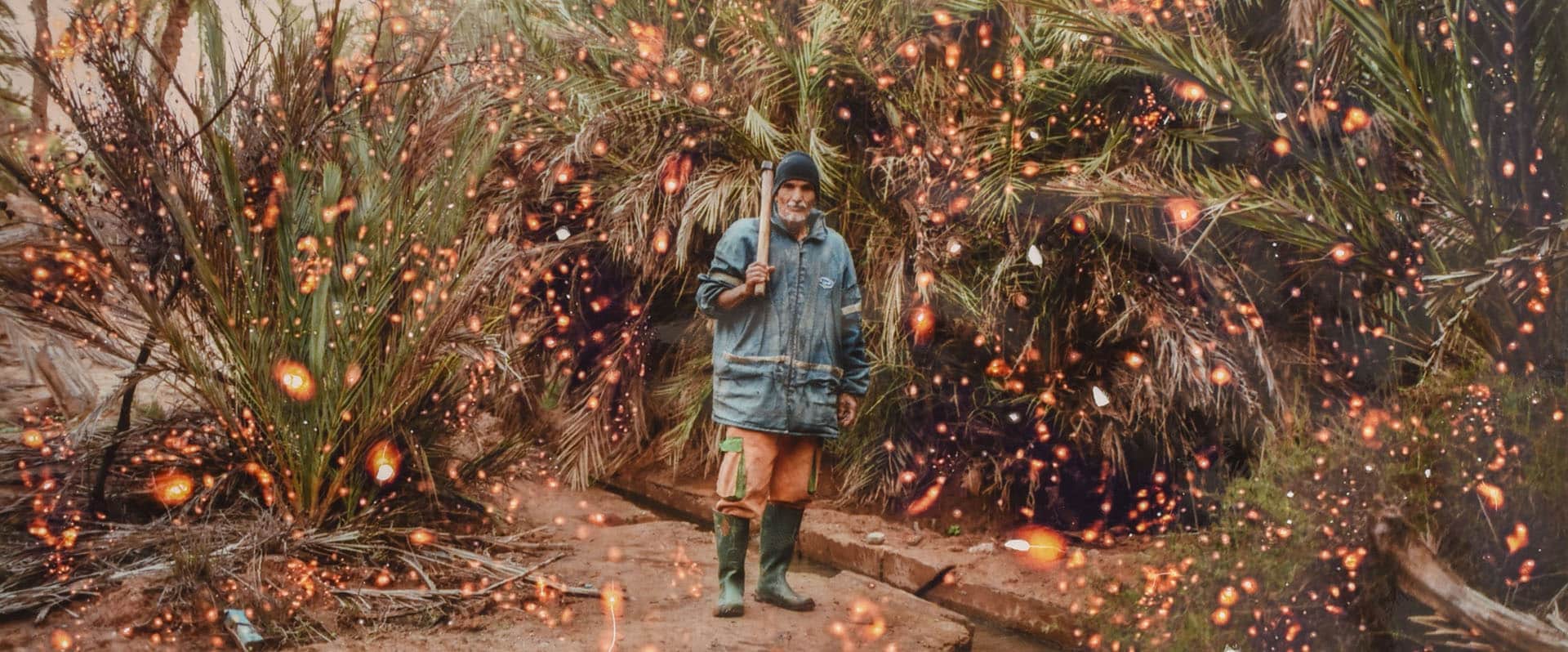A jury composed of leading figures in the world of photography announced the two winners of the second 6Mois Photojournalism Award: Fabiola Ferrero and Seif Kousmate.

You’re getting blind.
Don’t miss the best of visual arts. Subscribe for $9 per month or $108 $90 per year.
Already suscribed ?
Read more: Tommaso Protti: The dark side of the Amazon



